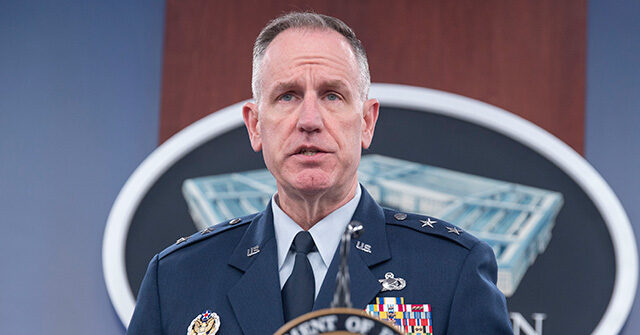On a recent Thursday, the Pentagon made a significant revelation regarding the number of U.S. troops deployed in Syria, stating that the actual figure stands at 2,000, rather than the previously reported 900. This update comes at a critical juncture in U.S. politics, with President-elect Donald Trump poised to assume office shortly. The discrepancy in troop numbers was disclosed just days after members of Trump’s transition team arrived at the Pentagon for briefings, signaling a shift in administration policies. This newfound information raises questions about the accuracy of military reporting and the transparency of defense officials during a transitional period.
Pentagon Press Secretary Brig. Gen. Pat Ryder described the larger troop count as a “surprise.” He refrained from confirming whether either Defense Secretary Lloyd Austin or President Joe Biden were previously aware of the increased numbers. Ryder stated that only upon further investigation did officials realize that approximately 2,000 U.S. military personnel were stationed in Syria, a figure that surpasses the previously communicated numbers. He acknowledged that the discrepancy was a significant issue and emphasized the need for quick communication once the new details emerged. Ryder’s comments indicate a lack of clarity and consistency within the Pentagon’s communication about troop levels in Syria.
According to Ryder, the additional troops are characterized as “temporary rotational forces” meant to respond to “shifting mission requirements” while the original 900 troops were on longer-term deployments ranging from nine to twelve months. He noted that all 2,000 personnel in Syria are actively engaged in military actions aimed at defeating the Islamic State in Iraq and Syria. Despite the heightened troop count, Ryder was reticent in revealing how many of these forces are classified as special operations, though he did confirm that the majority consist of Army personnel. The implication of more troops being deployed suggests a potential escalation or expansion of military efforts in the region.
The revelation of the increased troop levels raises serious questions about communication protocols within the Department of Defense. Critics and analysts are left puzzled as to how the lead spokesperson for such a high-stakes department remained uninformed about the real number of troops in Syria, particularly when he had been publicly stating a much lower total. Furthermore, when pressed for details about when the troop levels increased, Ryder only stated vaguely that it had occurred “for a while,” suggesting a lack of internal tracking or reporting mechanisms within the military hierarchy.
Ryder also mentioned that Secretary Austin had not yet communicated directly with Gen. Michael Kurilla, the Central Command Commander, regarding the inconsistency in troop numbers. The lack of direct dialogue about such a critical issue underscores potential gaps in information flow and decision-making processes at the highest levels of U.S. military leadership. Ryder has committed to reviewing orders signed by Austin to gather more details about the troop presence and to clarify the situation further. This commitment highlights the importance of accountability and transparency, especially during a time of transition between administrations.
In conclusion, the Pentagon’s admission of 2,000 U.S. troops in Syria instead of the previously reported 900 raises significant operational and accountability concerns. The situation exacerbates the complexities within the outgoing and incoming administrations, particularly for President-elect Trump, who is set to enter a landscape shaped by these military commitments. The inconsistency in troop numbers and the accompanying communication failures indicate that improvements are needed in how information is shared and verified within the defense establishment. As the U.S. continues to grapple with its military presence abroad, especially in volatile regions like Syria, clarity and coherent messaging will be paramount to navigating both domestic and international implications.

